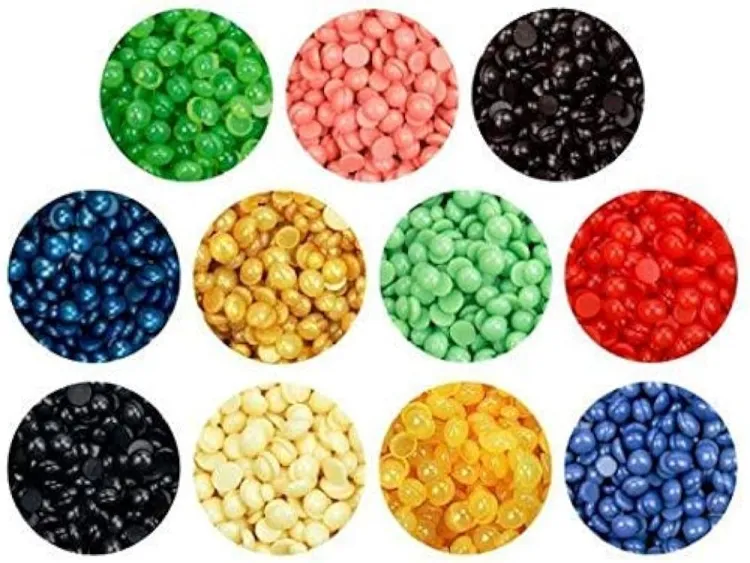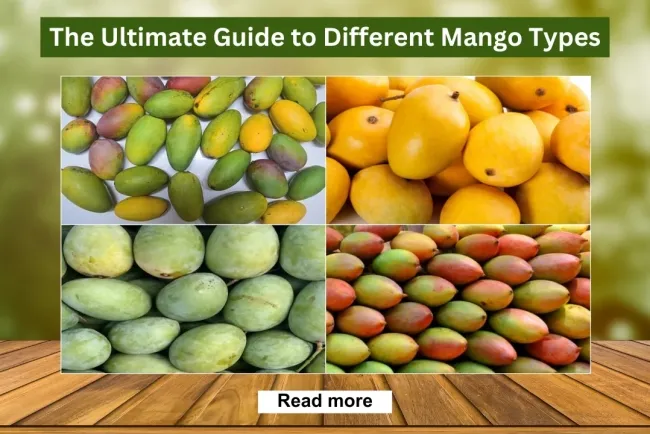Types of Wax and Their Uses...!!!
Wax is a versatile and valuable substance with a wide range of applications across various industries. From candle making and cosmetics to food preservation and industrial uses, different types of wax offer unique properties that make them suitable for specific tasks. Understanding the various types of wax and their uses can help you choose the right one for your needs and make the most of this remarkable material.

Wax is an incredibly versatile substance with applications across numerous industries. It can come from natural sources like plants and animals or be synthesized from petroleum and other chemicals. Waxes are prized for their unique properties, such as low melting points, water repellency, and pliability.
Types of Wax
-
Paraffin Wax:
-
Source: Derived from petroleum.
-
Characteristics: White, odorless, and tasteless with a low melting point.
-
Uses: Commonly used in candle making, cosmetics, and packaging. It’s also utilized in industrial applications for coating and sealing.
-
-
Beeswax:
-
Source: Produced by honeybees.
-
Characteristics: Natural, golden-yellow color with a pleasant aroma. Solid at room temperature and has a higher melting point than paraffin wax.
-
Uses: Widely used in cosmetics, skincare products, and pharmaceuticals. It’s also used in candle making, woodworking, and food preservation.
-
-
Soy Wax:
-
Source: Derived from soybean oil.
-
Characteristics: Natural and biodegradable with a lower melting point. Renewable and eco-friendly.
-
Uses: Primarily used in candle making due to its clean burn and excellent scent throw. It’s also used in cosmetics and as a natural alternative to petroleum-based waxes.
-
-
Carnauba Wax:
-
Source: Extracted from the leaves of the carnauba palm tree native to Brazil.
-
Characteristics: Hard and brittle with a high melting point. It has a glossy finish and is water-resistant.
-
Uses: Found in automotive waxes, polishes, and cosmetics. It’s also used in food products as a coating or glaze and in pharmaceuticals for tablet coatings.
-
-
Candelilla Wax:
-
Source: Derived from the candelilla shrub native to Mexico.
-
Characteristics: Hard, brittle, and yellowish with a high melting point. Similar to carnauba wax but less glossy.
-
Uses: Commonly used in cosmetics, especially lip balms and lotions, due to its emollient properties. It’s also used in food products and as a binder in chewing gum.
-
-
Palm Wax:
-
Source: Derived from the oil of palm trees.
-
Characteristics: Natural and renewable with a crystalline appearance. Higher melting point with excellent fragrance retention.
-
Uses: Used in candle making, particularly for decorative and pillar candles. It’s also used in cosmetics and as a natural alternative to petroleum-based waxes.
-
-
Gel Wax:
-
Source: Made from a combination of mineral oil and polymer resin.
-
Characteristics: Clear, transparent, and jelly-like with a high melting point. Can hold embedded objects.
-
Uses: Primarily used in candle making to create unique, decorative candles with embedded objects like shells, beads, or flowers.
-

Uses of Wax
-
Candle Making:
-
Wax is a fundamental component in candle making. Different types of wax, such as paraffin, soy, beeswax, and gel wax, are used to create various types of candles. Wax provides the structure and fuel for the candle to burn.
-
-
Cosmetics and Skincare:
-
Wax is used in a wide range of cosmetic and skincare products, including lip balms, lotions, creams, and hair removal products. Beeswax, carnauba wax, and candelilla wax are commonly used for their emollient and protective properties.
-
-
Food Industry:
-
Wax is used as a coating or glaze for certain food products, such as fruits, cheese, and candy, to improve appearance and shelf life. Carnauba and candelilla wax are popular choices due to their natural and edible properties.
-
-
Pharmaceuticals:
-
Wax is used in the pharmaceutical industry for tablet coatings, suppositories, and ointments. It provides a protective barrier and controls the release of active ingredients.
-
-
Polishes and Finishes:
-
Wax is used in automotive and furniture polishes to provide a protective, glossy finish. Carnauba wax is especially prized for its durability and high shine.
-
-
Industrial Applications:
-
Wax is used in various industrial applications, including coatings for paper and packaging, lubricants, and adhesives. Paraffin wax is often used for its low cost and availability.
-
-
Woodworking and Leather Care:
-
Wax is used in woodworking to finish and protect wood surfaces. Beeswax and carnauba wax are popular choices for their natural finish and protective properties. Wax is also used in leather care products to condition and protect leather items.
-
-
Crafts and Hobbies:
-
Wax is used in various crafts and hobbies, such as encaustic painting, batik, and making wax seals. It provides a versatile medium for creative expression.
-
Wax is a versatile and valuable substance with a wide range of applications across various industries. From candle making and cosmetics to food preservation and industrial uses, different types of wax offer unique properties that make them suitable for specific tasks. Understanding the various types of wax and their uses can help you choose the right one for your needs and make the most of this remarkable material.
What's Your Reaction?

















